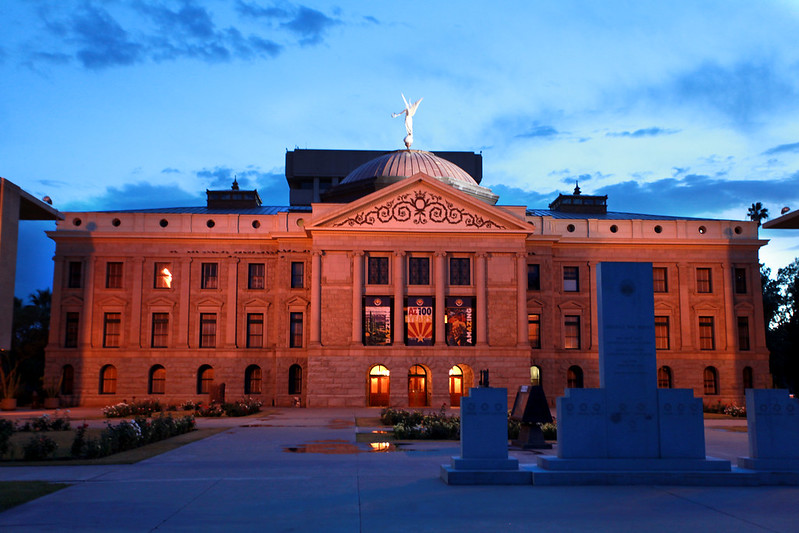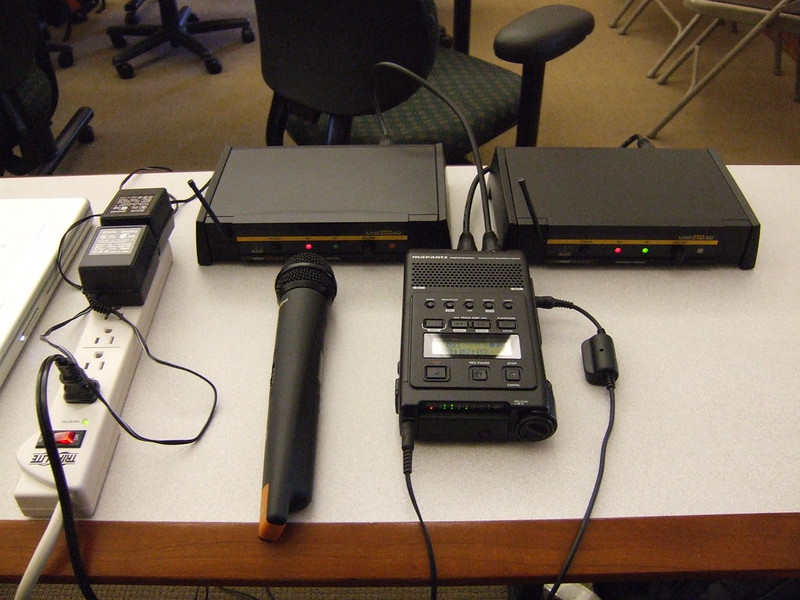Chapter 11’s Inclusivity Problem
By Sarah Paterson & Adrian Walters. This Article rests on four premises: (i) that modern market participant frequently seek legal tools to compromise selected liabilities and not all the liabilities of the firm; (ii) that it is difficult to achieve a…




